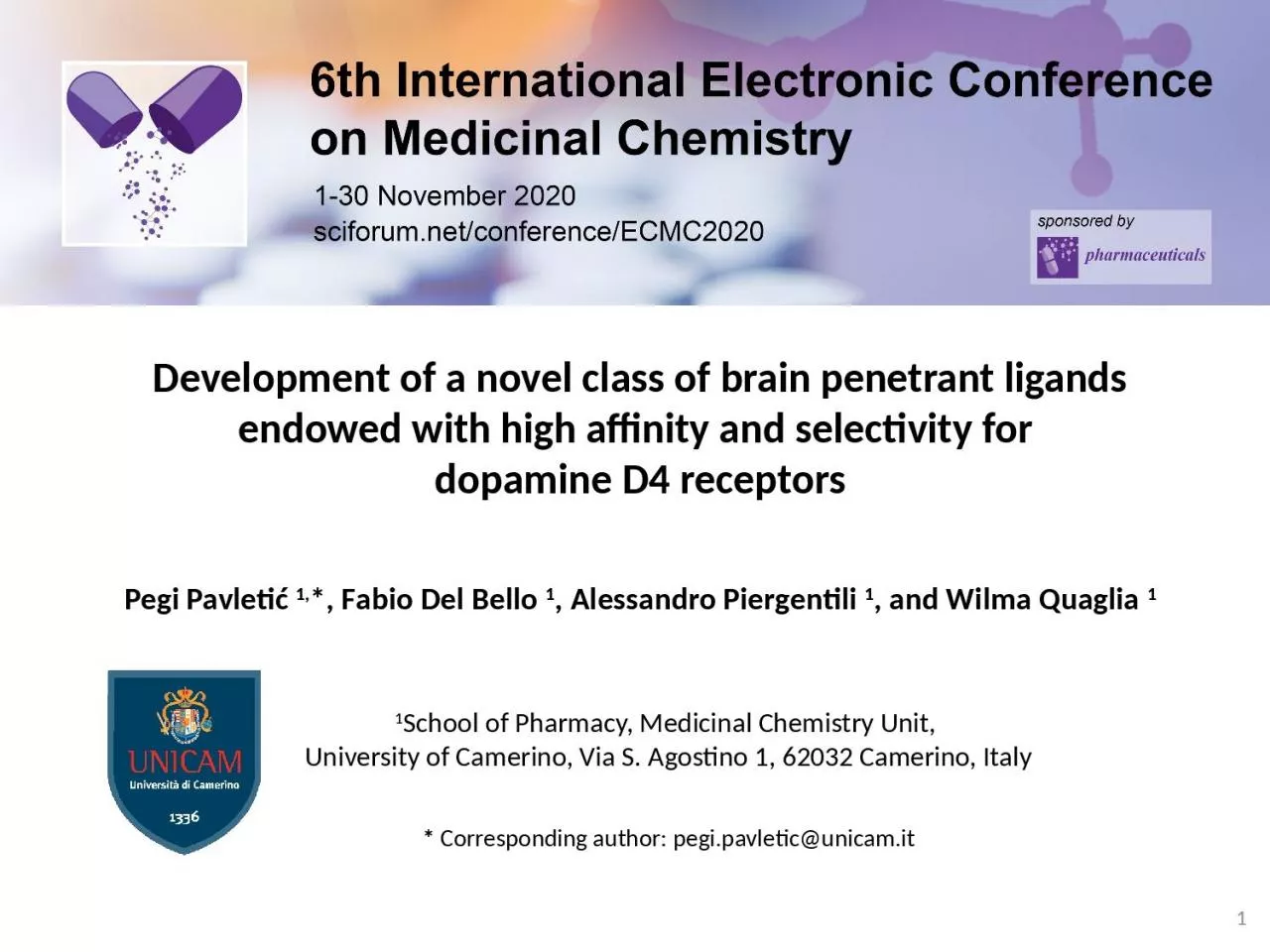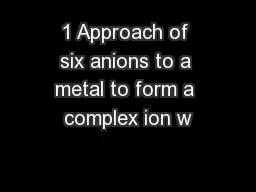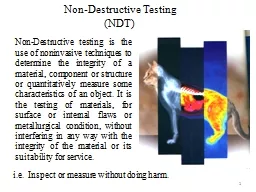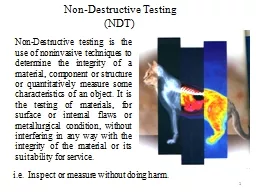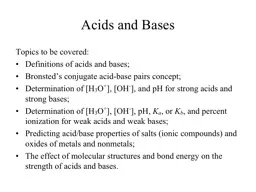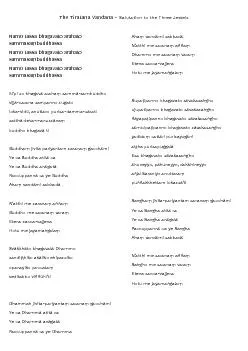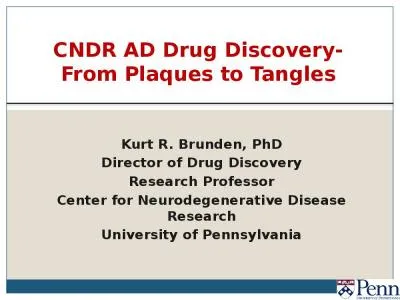PPT-Development of a novel class of brain penetrant ligands endowed with high affinity and
Author : Savageheart | Published Date : 2022-08-04
dopamine D4 receptors Pegi Pavletić 1 F abio Del Bello 1 Alessandro Piergentili 1 and Wilma Quaglia 1 1 1 School of Pharmacy Medicinal Chemistry Unit
Presentation Embed Code
Download Presentation
Download Presentation The PPT/PDF document "Development of a novel class of brain pe..." is the property of its rightful owner. Permission is granted to download and print the materials on this website for personal, non-commercial use only, and to display it on your personal computer provided you do not modify the materials and that you retain all copyright notices contained in the materials. By downloading content from our website, you accept the terms of this agreement.
Development of a novel class of brain penetrant ligands endowed with high affinity and: Transcript
Download Rules Of Document
"Development of a novel class of brain penetrant ligands endowed with high affinity and"The content belongs to its owner. You may download and print it for personal use, without modification, and keep all copyright notices. By downloading, you agree to these terms.
Related Documents

